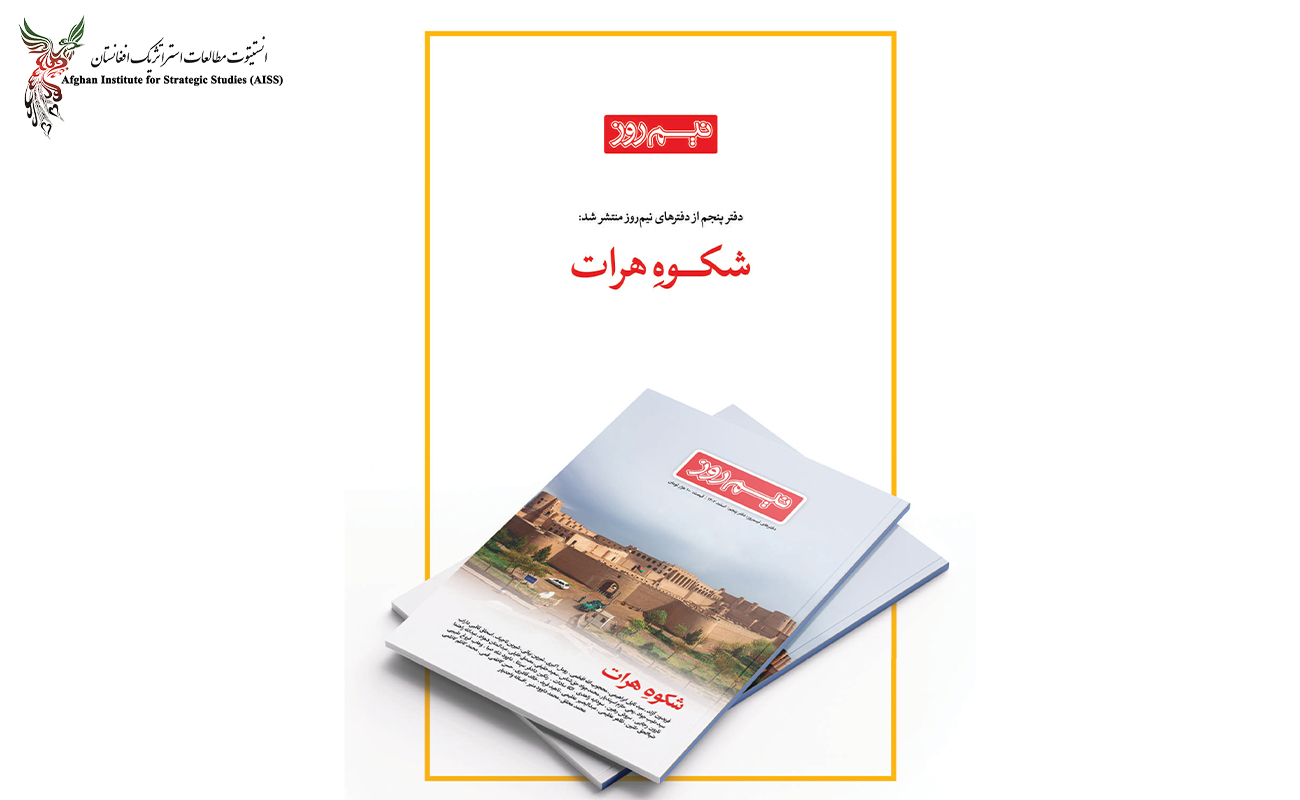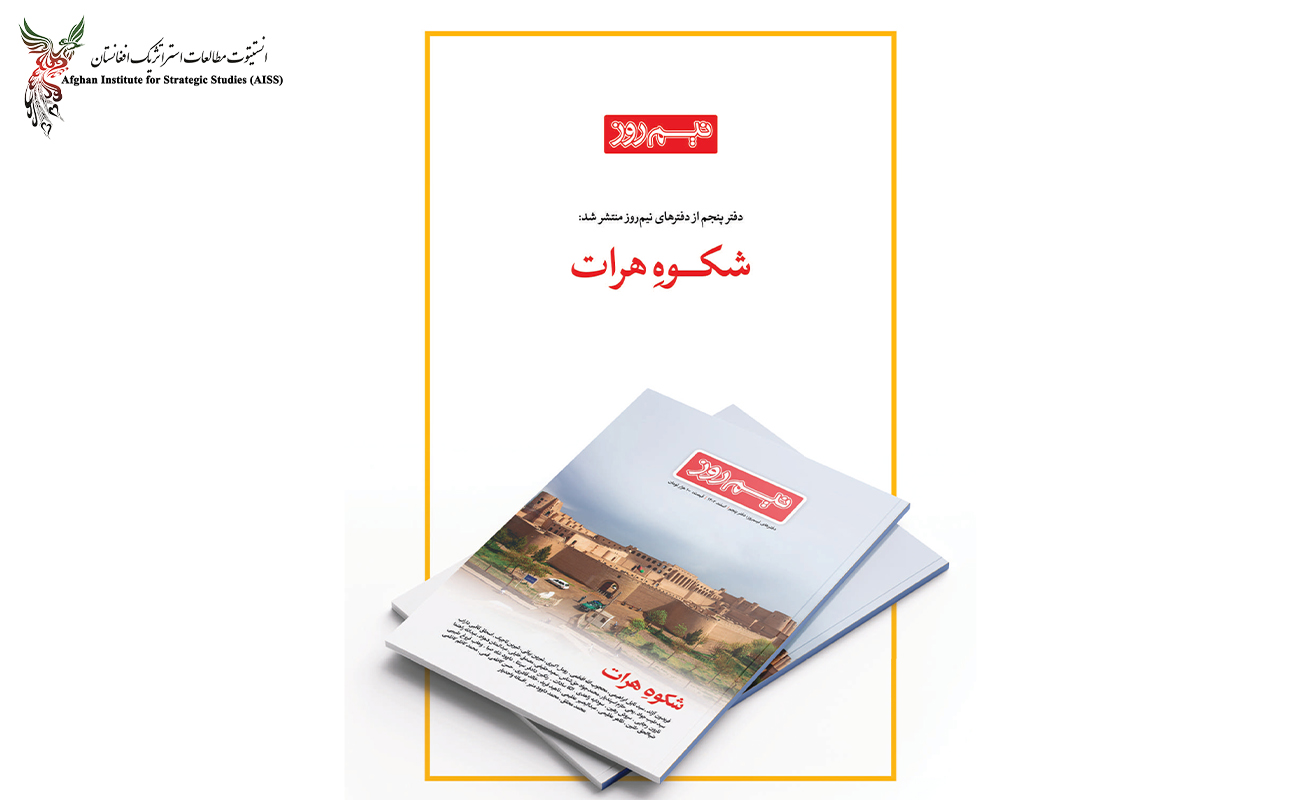Special Issue on Herat: A Step Towards Reviving Cultural Identity
In collaboration with the Afghan Institute for Strategic Studies, Nimrooz magazine has dedicated its latest special issue to the ancient city of Herat, exploring its history, culture, and challenges.
As one of the most important cities in the Persian-speaking cultural sphere, Herat has always played a vital role in the region's political, cultural, and economic developments. With a long history in various fields, including poetry and literature, art and architecture, and science and philosophy, Herat has always been known as a shining gem among the world's cities.
This special issue includes articles, interviews, and notes from prominent professors, researchers, and writers examining Herat's various aspects, including its history, culture, politics, and sociology.
In an interview published in this issue of Nimrooz magazine, the Ambassador of the Islamic Republic of Iran to Afghanistan, Hassan Kazemi Qomi, said, "Iran's cultural diplomacy in Afghanistan has always been active due to the long-standing ties between the two neighbors."
Qomi continued: "The main indices of this diplomacy, despite the fluid political, social, and security conditions in Afghanistan, have been efforts to strengthen cultural commonalities, including strengthening linguistic ties, supporting scientific and academic cooperation, communication with religious centers and groups, cooperation with journalists, artists, and cultural and artistic elites, and the like."
Investigating the roots of the "Persianization" and "identity-stripping" policies in Afghanistan, which have been implemented as part of the "de-civilization" policy of ancient Khorasan and over nearly 200 years of "British colonial strategy" in the entire cultural sphere of Iran, is one of the issues that has been discussed and analyzed alongside the current issues of the devastating wars that have also opened the door to "terror" and "terrorism" in this country and region. Dr. Rangin Dadfar Spanta believes that with the policy of "regional convergence," which is possible, we can overcome all the problems in the cultural sphere of Iran. If we neglect it now, the future generation will do it.
The rest of the notes and articles also discuss Herat's cultural and political importance, and "Herat Famous Women" introduces ten educated Herati women who are subject to the rulers, poets, and cultural figures of this civilized city.
The aim of publishing this special issue is to provide a new understanding of Herat to Persian-speaking audiences worldwide and to help revive the common cultural identity between the people of Iran and Afghanistan.
This special issue is being published at a time when Herat faces multiple challenges, including insecurity, poverty, and intolerance. Its publication can be a step towards preserving and reviving the cultural identity of this historic and valuable city.
Those interested in Herat, its history and culture, can find the PDF download link for this special issue here at AISS. You can also obtain a printed copy of this special issue from the Nimrooz magazine office in Tehran.


